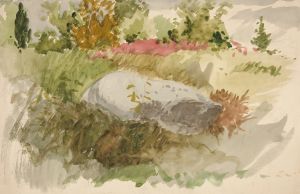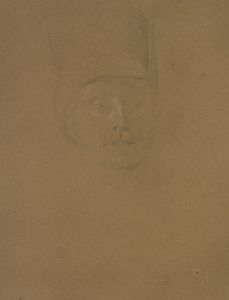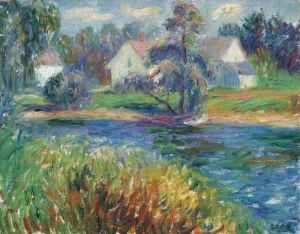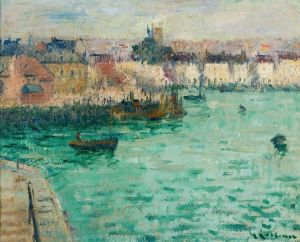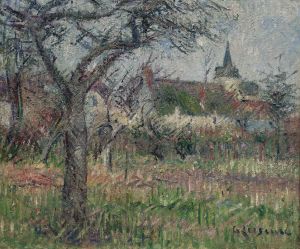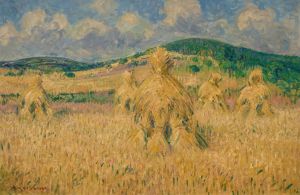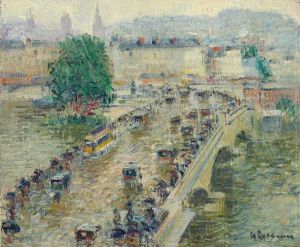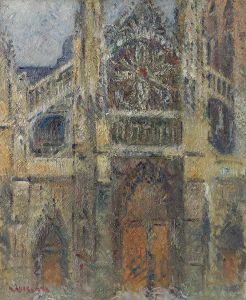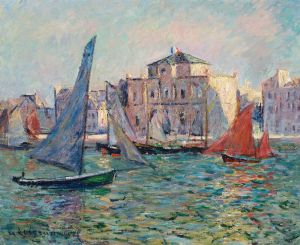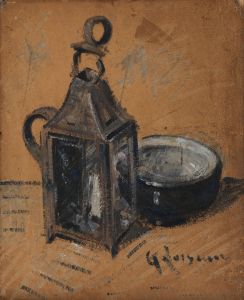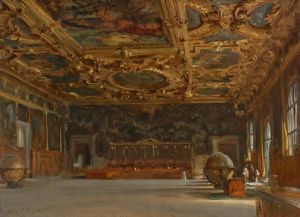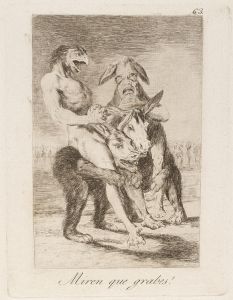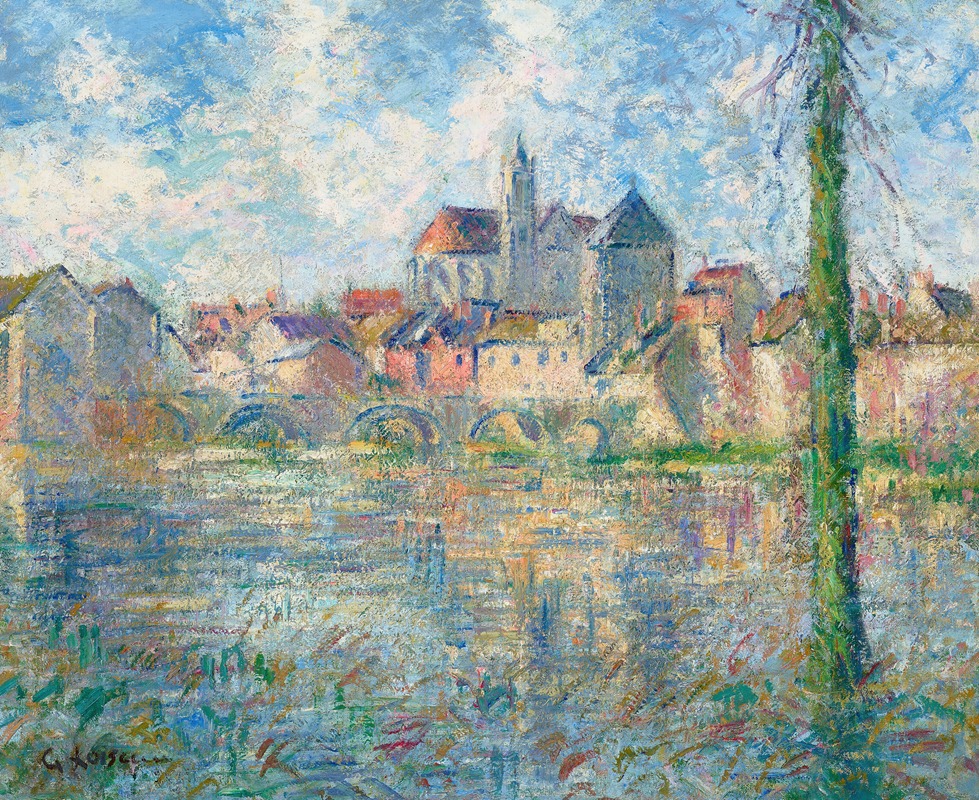
Moret-sur-Loing
A hand-painted replica of Gustave Loiseau’s masterpiece Moret-sur-Loing, meticulously crafted by professional artists to capture the true essence of the original. Each piece is created with museum-quality canvas and rare mineral pigments, carefully painted by experienced artists with delicate brushstrokes and rich, layered colors to perfectly recreate the texture of the original artwork. Unlike machine-printed reproductions, this hand-painted version brings the painting to life, infused with the artist’s emotions and skill in every stroke. Whether for personal collection or home decoration, it instantly elevates the artistic atmosphere of any space.
Gustave Loiseau was a French Post-Impressionist painter known for his landscapes and scenes of rural life. Born on October 3, 1865, in Paris, Loiseau developed a distinctive style characterized by his use of vibrant colors and dynamic brushwork. He was particularly interested in capturing the effects of light and atmosphere, often painting en plein air, or outdoors, to better observe and depict natural settings.
One of Loiseau's notable works is "Moret-sur-Loing," a painting that exemplifies his approach to landscape painting. Moret-sur-Loing is a picturesque town located in the Île-de-France region, not far from Paris. The town has been a popular subject for artists, including Alfred Sisley, who also painted scenes of Moret-sur-Loing. Loiseau's depiction of this locale reflects his interest in capturing the serene beauty and the changing moods of the French countryside.
In "Moret-sur-Loing," Loiseau employs his characteristic brushwork to convey the texture and movement of the landscape. His technique often involved short, brisk strokes that create a sense of rhythm and vitality in the painting. This method allows him to capture the play of light on water and foliage, a hallmark of his style. The painting likely features the Loing River, which runs through the town, and may include elements such as the town's historic bridge or its medieval architecture, though specific details of the composition are not universally documented.
Loiseau was influenced by the Impressionists, particularly Claude Monet, and his work often reflects a similar dedication to capturing transient effects of light and color. However, Loiseau's style is distinct in its more structured composition and a slightly more subdued palette compared to some of his Impressionist predecessors. His paintings often convey a sense of tranquility and timelessness, inviting viewers to appreciate the simple beauty of the natural world.
Throughout his career, Loiseau remained committed to landscape painting, traveling extensively throughout France to find inspiration. He painted numerous scenes of the Seine and Loing rivers, as well as the Normandy coast and the Brittany region. His works were well-received during his lifetime, and he exhibited regularly at the Salon des Indépendants and the Salon d'Automne in Paris.
Loiseau's contribution to the Post-Impressionist movement is significant, as he helped to bridge the gap between the Impressionists and the later developments in modern art. His paintings are held in various public and private collections, and he continues to be celebrated for his ability to capture the ephemeral beauty of the French landscape.
Gustave Loiseau passed away on October 10, 1935, in Paris, leaving behind a legacy of works that continue to be appreciated for their technical skill and emotive power. "Moret-sur-Loing" remains a testament to his talent and his dedication to portraying the natural world with authenticity and sensitivity.






